Cambodia is home to an incredible collection of wildlife. While many of the amazing species are on the endangered or at-risk list, there are numerous initiatives across the country to boost dwindling populations, meaning visitors can get a peek at this nature knowing they are doing their bit to help.
Irrawaddy Dolphin
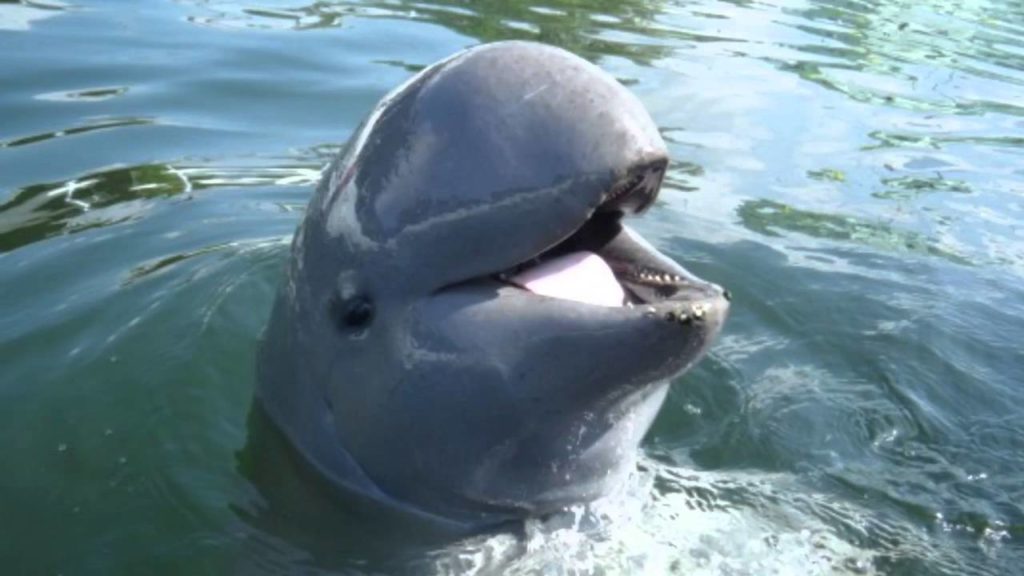
The critically endangered Irrawaddy dolphin can today only be found in a short stretch of the Mekong River, from Kratie to the Laos-Cambodia border, with them commonly spotted in Kratie. Once home to several thousand dolphins in the 1960s, today WWF Cambodia estimates there are less than 85 remainings. From Kampi in Kratie, visitors can climb onboard a fishing boat to see the dolphins for about $10. During the wet season they can be seen from a 20-minute ride through flooded forests. The dry season pushes them further into the river, meaning it takes about 40 minutes to reach them.
Banteng
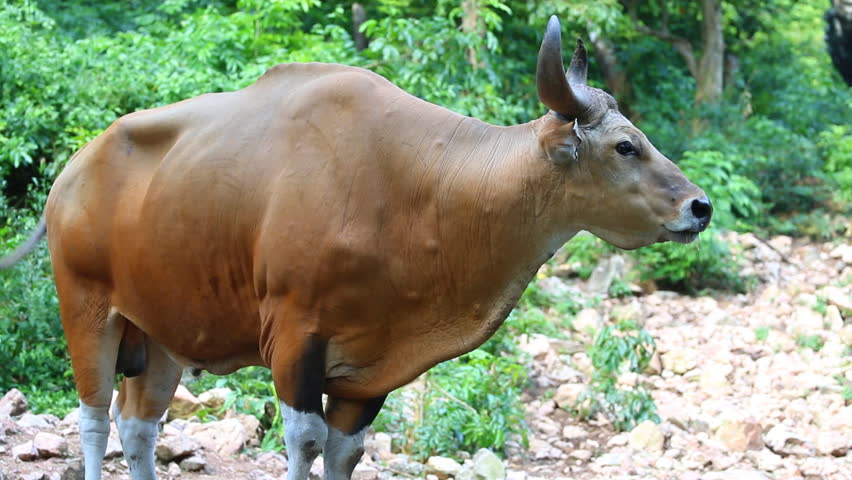
Considered to be one of the most beautiful and graceful of all wild cattle in Cambodia, banteng populations declined by about 95 percent between the late 1960s and early 1990s, according to WWF Cambodia. Today, the Eastern Plains of Cambodia is home to the most banteng, where work to preserve them has led to the population’s stabilisation. However, habitat loss and illegal poaching remain the animals’ main threats, as well as disease from wild livestock.
Clouded Leopard
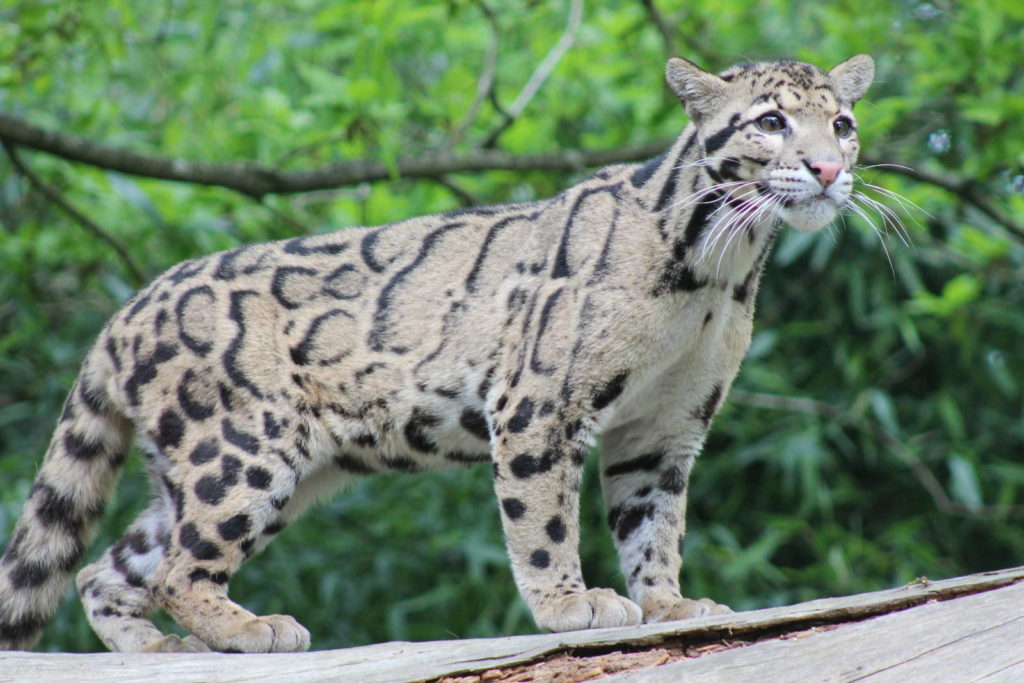
This shy, nocturnal cat spends most of its time hiding in the treetops. Camera traps in the Eastern Plains Landscape of Mondulkiri have caught them on occasion. They can also be seen at Wildlife Alliance’s Phnom Tamao Rescue Center, on the outskirts of Phnom Penh, where animals are rescued from the clutches of illegal trade and poaching, and rehabilitated before being released into their natural habitat. The clouded leopard is under threat due to wildlife hunting and loss of habitat.
Germain’s Silver Langur
These slender monkeys inhabit semi-evergreen and evergreen forest, as well as forests along rivers. The adults are silvery grey and their young are a distinctive ginger. Langurs are still relatively common in Cambodia, with many centred in Mondulkiri’s Eastern Plains. Despite still being spotted, WWF Cambodia estimates that the population has halved in recent years, thanks to hunting and their use in traditional medicine.
Sun Bear
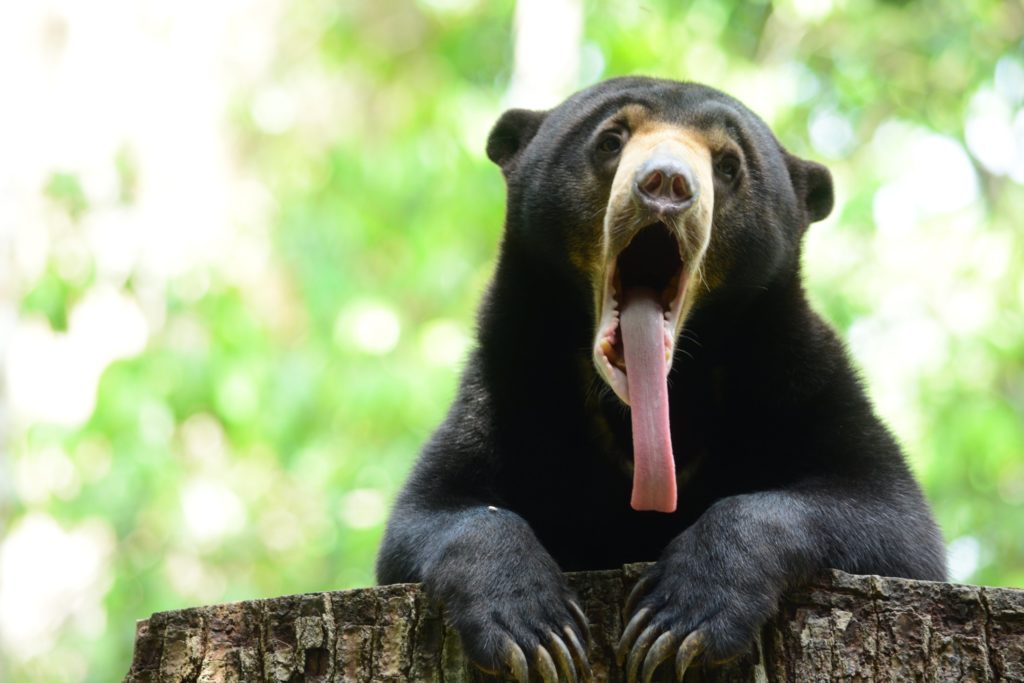
The sun bear is the smallest and rarest of the world’s eight living bear species. With a fantastic ability to climb, they spend most of their lives lolling about in treetops, feasting on sweet fruits, small rodents, birds, termites and, of course, honey. In their prime, the bears were commonly found in Southeast Asia’s lowland forests, with some remaining in protected areas of Rattanakiri and Mondulkiri. Sun bears are often caught, as they are a popular ingredient in traditional medicine. Free the Bears offers tours of its rescue site at Phnom Tamao Rescue Centre.
Yellow-cheeked Crested Gibbon

These much sought-after pets inhabit northeastern Cambodia, southern Vietnam and southern Laos, with Cambodia housing the largest population. A recent survey revealed that the Eastern Plains Landscape of Mondulkiri’s Phnom Prich Wildlife Sanctuary is home to the second-largest number of the species in Cambodia, after Seima Biodiversity Conservation Area. These gibbons are threatened by the illegal pet trade and diminished habitat.
Pygmy Slow Loris
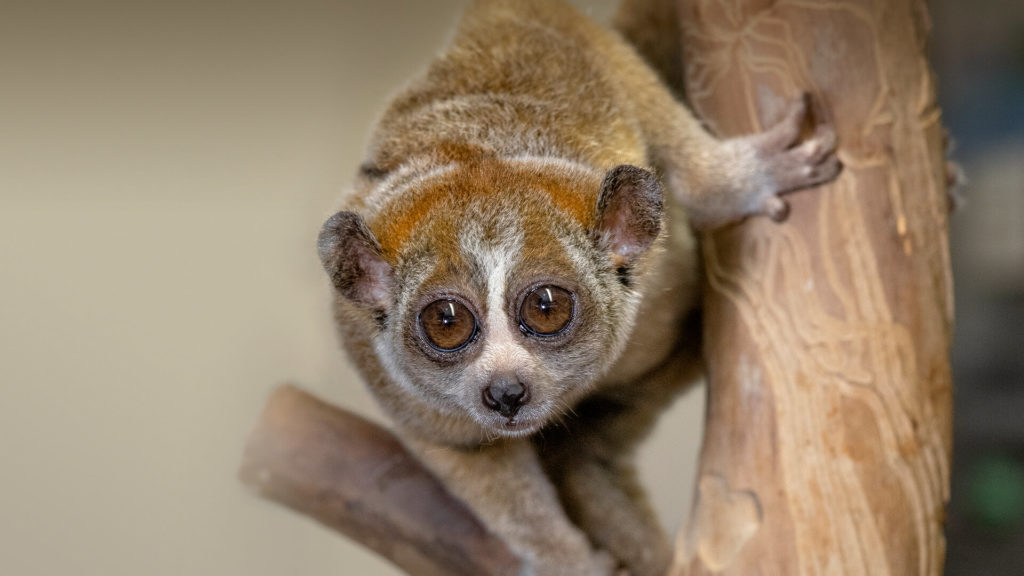
With populations prevalent in Phnom Prich Wildlife Sanctuary, slow lorises are a super-cute type of primate found east on the Mekong River in eastern Cambodia. Due to their nocturnal nature, not much is known of their way of life, but their population decline is partly to do with them being hunted by indigenous Bunong for traditional medicine. They are also a popular ingredient in traditional Khmer medicines.
Cantor’s Giant Softshell Turtle
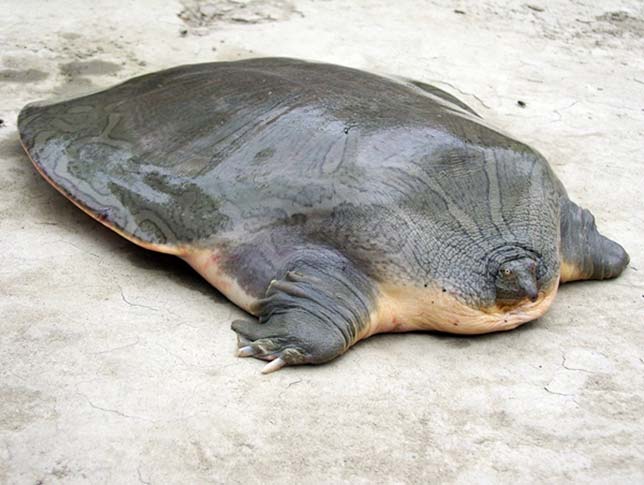
Another almost-extinct species that call Cambodia home is the Cantor’s giant softshell turtle. Also found in a short stretch of the Mekong River in Kratie, these freshwater turtles can grow up to six feet in length. They are being given a boost thanks to the conservation efforts and breeding programme at the Mekong Turtle Conservation Centre in Kratie. Visitors can see the baby turtles, learn more about the initiatives being carried out to save the species and see some adult turtles in the flesh.
Asian Elephants
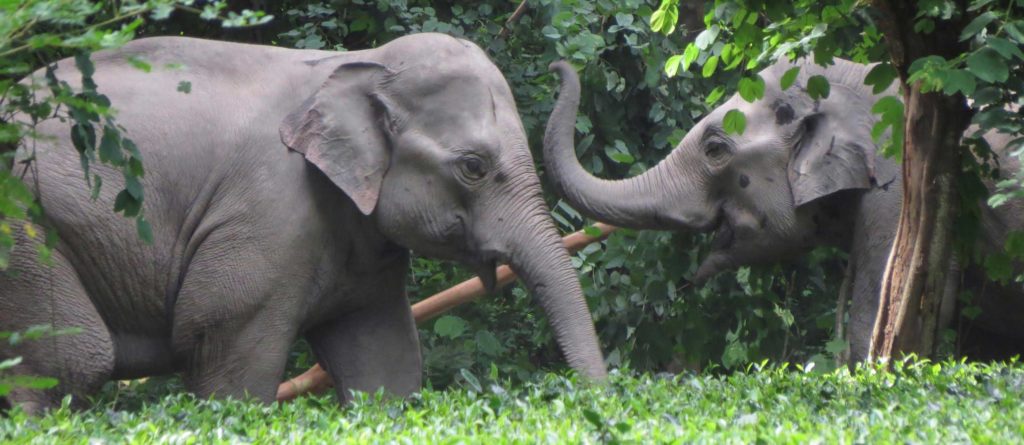
In Cambodia, the largest population of Asian elephants can be found in Mondulkiri, home to one of Southeast Asia’s last remaining elephant corridors. While spotting wild elephants is rare, there are plenty of opportunities for visitors to get up close and personal with the beautiful beasts through projects such as Elephant Valley Project, which offers respite in the dense jungle to over-worked or retired animals. Just don’t expect to take an elephant ride, as this is a practice the organisation strongly advocates against.
Giant Ibis
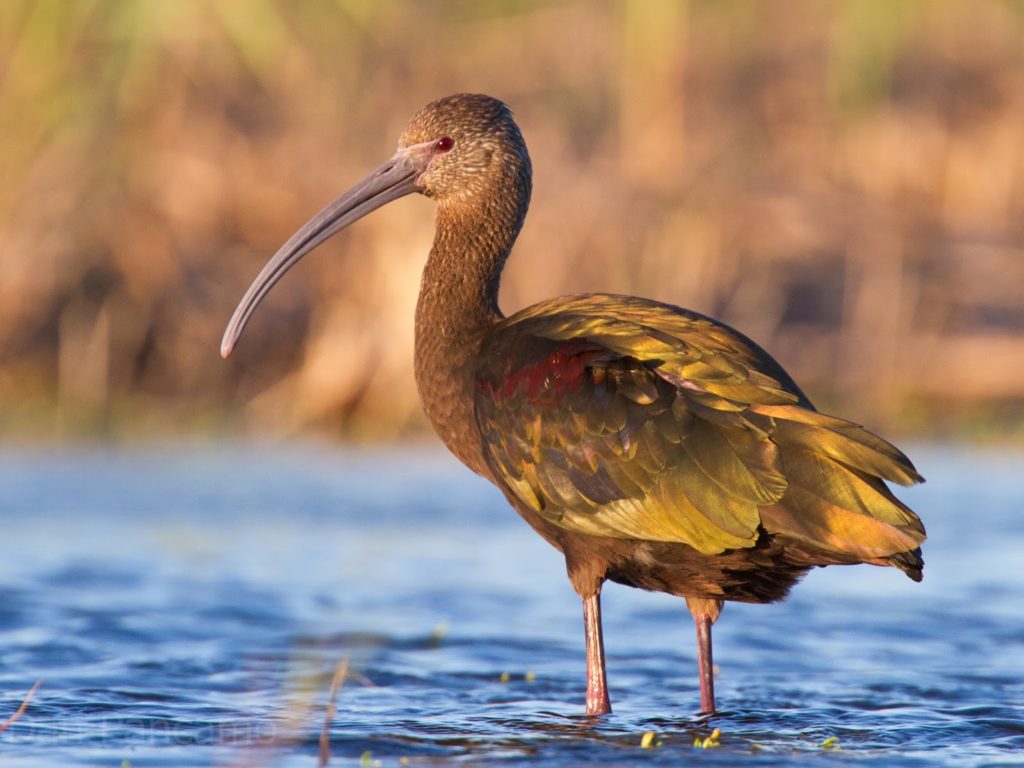
The giant ibis is Cambodia’s national bird, and is on the critically endangered list. A small population lives in the northern area of Preah Vihear, near the Thai border, and Mondulkiri. Sam Veasna Center, which is devoted to conserving the country’s dwindling birdlife, runs a series of tours that take visitors to see giant ibis and a variety of other birds and wildlife.
Sunda Pangolin
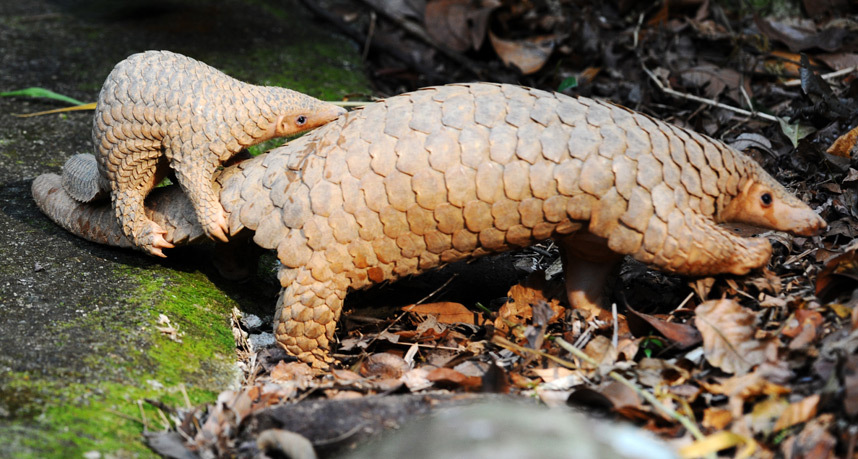
The Sunda Pangolin population across the country is believed to have more than halved in the last 15 years, due to high levels of hunting for medicinal purposes. In fact, WWF Cambodia puts pangolins as one of the most prized animals in the illegal wildlife trade, with them regularly confiscated from poachers. Rescued species can be seen at Phnom Tamao Rescue Centre, where they are preparing for a new lease of life in the wild.